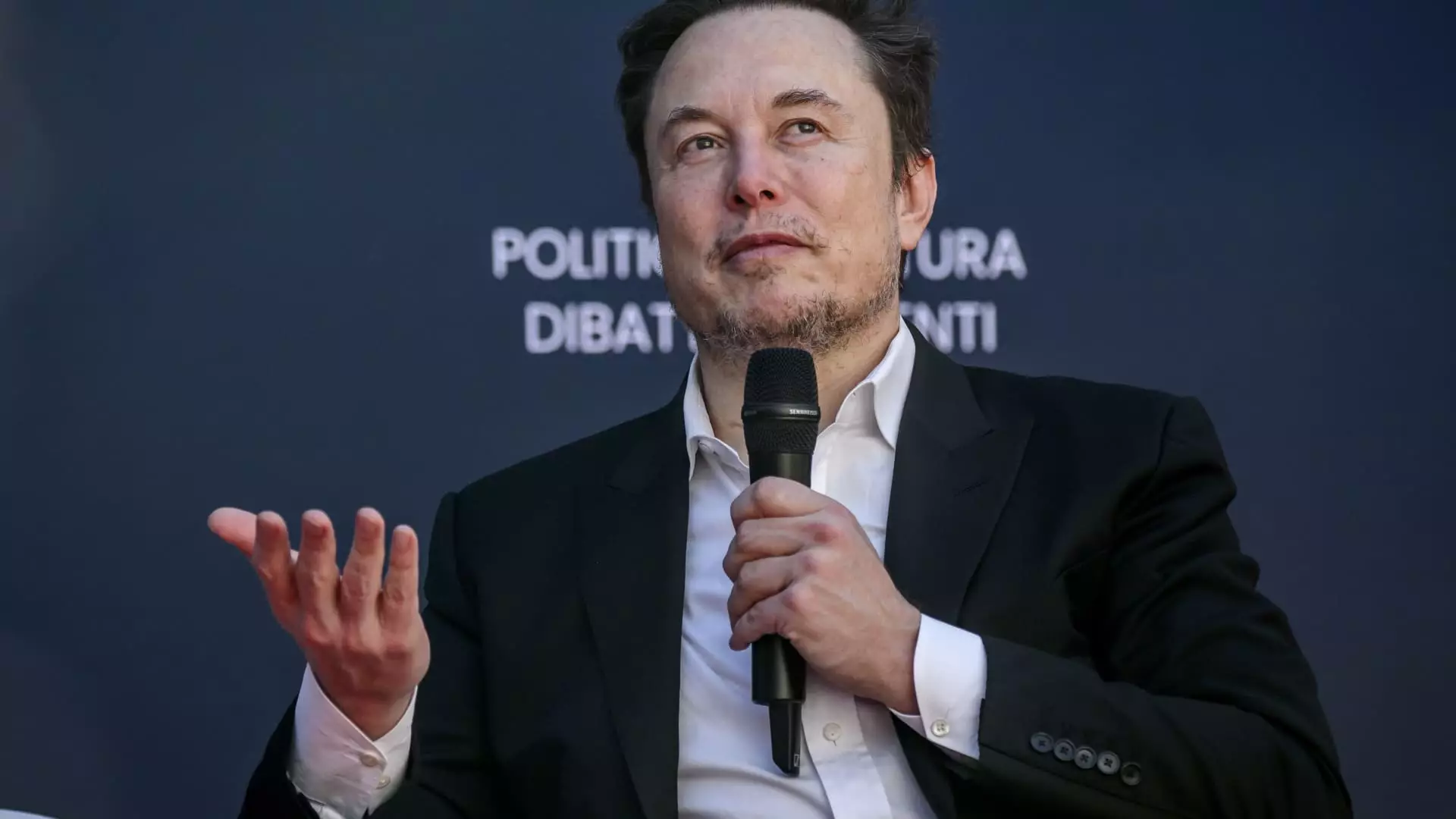Tesla, the electric vehicle pioneer, is set to release its fourth-quarter earnings report for 2023, and analysts are eager to see how the company performed. According to estimates compiled by LSEG, formerly known as Refinitiv, analysts expect Tesla to report earnings of 74 cents per share and revenue of $25.6 billion. These figures indicate a positive outlook for the company, especially considering the challenges faced by other U.S. automakers in the electric vehicle market last year.
While many U.S. automakers struggled with the production and sales of electric vehicles, Tesla managed to report an impressive 484,507 deliveries in the fourth quarter of 2023, with a total of over 1.8 million for the entire year. This achievement can be attributed partly to Tesla’s aggressive price cuts, which helped attract more customers and set a new record for the company. As a result, Tesla’s revenue is expected to grow by approximately 5% year over year for the quarter.
On the global stage, Chinese auto giant BYD outperformed Tesla in terms of sales during the last quarter of 2023. However, Tesla maintained its lead in sales of battery electric vehicles for the entire year. This indicates that while competition is intensifying, Tesla’s strong brand and recognition still give it an edge in the market.
One of the challenges Tesla faces on the domestic front is rising labor costs. To stay competitive with automakers like General Motors, Ford, and Stellantis, Tesla recently implemented pay increases for its hourly factory employees in the U.S. This move aims to attract and retain talent, which is crucial for the company’s ongoing success. Additionally, Tesla is also facing union pressures not only in the U.S., but also in Sweden and across Scandinavia. Dealing with labor unions and ongoing regulatory probes presents a complex task for the company.
The spotlight is firmly on CEO Elon Musk as he faces mounting pressure to deliver on his long-standing promise of a software update that can transform existing Teslas into self-driving robotaxis without requiring any additional hardware changes. This ambitious vision has captured the imagination of investors and enthusiasts alike. However, the challenge lies in turning this promise into a reality, which Musk needs to do to maintain investor confidence in the company.
Ahead of the earnings call, Tesla shareholders submitted their questions through the Say Technologies platform. Some of the pressing concerns include when Tesla plans to introduce its “next-generation” vehicle, the Model 2, which is expected to be a more affordable option. Shareholders are also interested to know the number of orders received for Tesla’s recently released Cybertruck and the timeline for increasing production of its 4680 battery cells and electric Semi truck at the Nevada Gigafactory.
One topic of concern for shareholders is Elon Musk’s recent demand to have more control over the company. Musk stated on X (formerly Twitter), “I am uncomfortable growing Tesla to be a leader in AI & robotics without having ~25% voting control.” This statement raised eyebrows and led to questions about Musk’s intentions. Some investors worry that his desire for greater control could potentially affect the direction and decision-making within the company.
Even long-time Tesla supporter and bullish investor Ross Gerber expressed his reservations about Musk’s demand for more control. Gerber went as far as to call it “blackmailing” of Tesla shareholders. He also raised concerns about the composition of Tesla’s board, suggesting that “everyone on the board is a friend or family member of his.” These remarks emphasize the importance of maintaining transparency and ensuring a balanced and independent decision-making process within the company.
Interestingly, Elon Musk is already involved in building artificial intelligence products outside of Tesla. In March 2023, he incorporated a startup called X.AI in Nevada, according to public filings. This diversification beyond the scope of Tesla adds another layer of complexity to understanding Musk’s strategy and priorities, especially considering the immense challenges and opportunities within the electric vehicle market.
Looking ahead, Tesla continues to face numerous challenges, including intense competition, labor costs, union pressures, and regulatory scrutiny. Additionally, the company needs to deliver on its promises, such as the highly anticipated self-driving software update and the introduction of the Model 2. Balancing innovation, profitability, and investor expectations will be crucial for Tesla’s long-term success.
Tesla’s upcoming fourth-quarter earnings report is highly anticipated by analysts and investors. While the company has achieved impressive delivery numbers and maintained its lead in the electric vehicle market, challenges lie ahead. CEO Elon Musk faces pressure to deliver on ambitious promises, address shareholder concerns, and navigate a rapidly evolving industry landscape. The outcomes of these challenges and how Tesla responds to them will shape the future trajectory of the company.

Leave a Reply